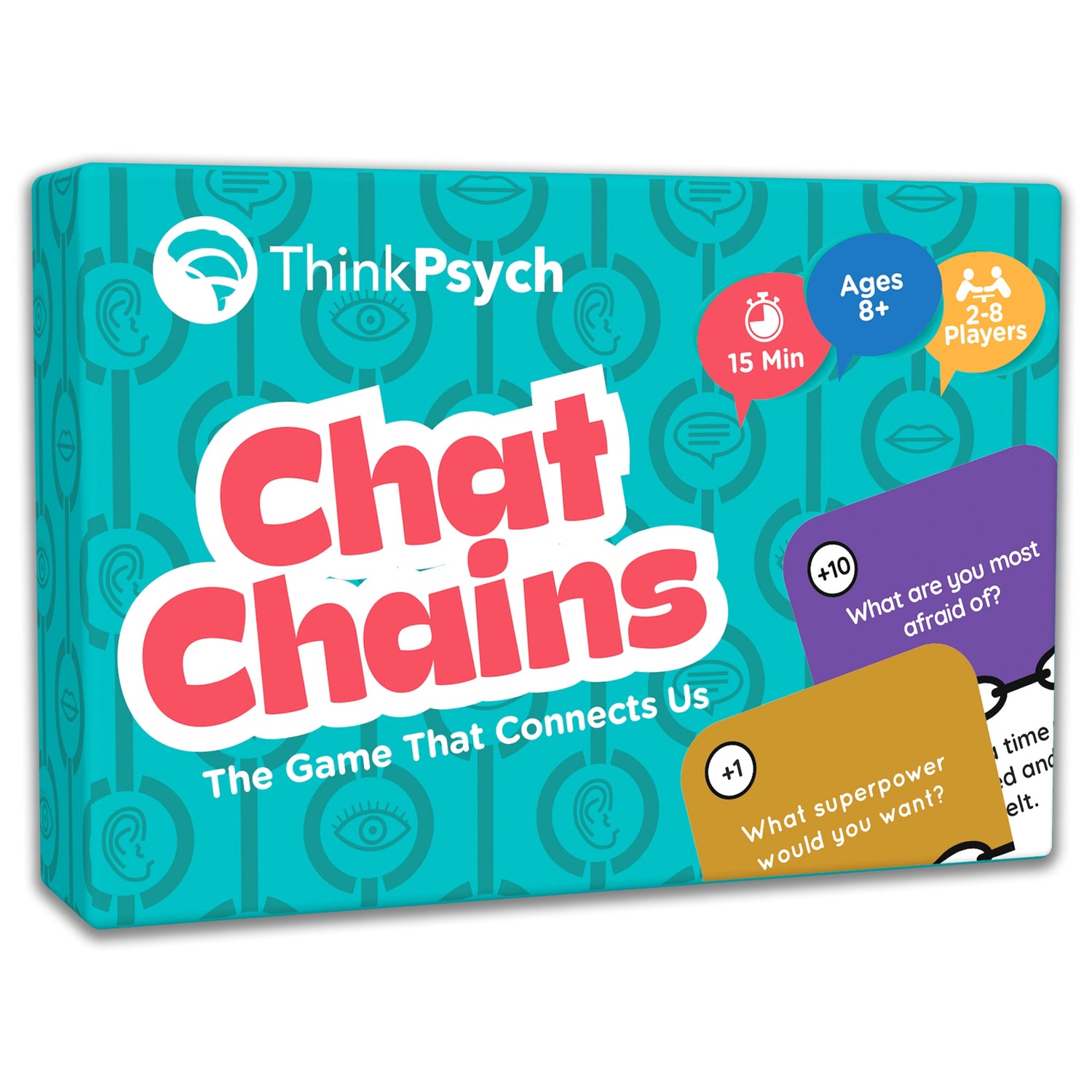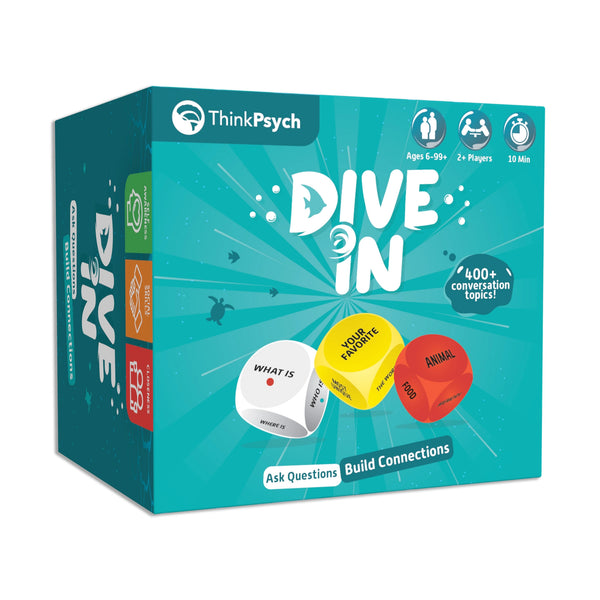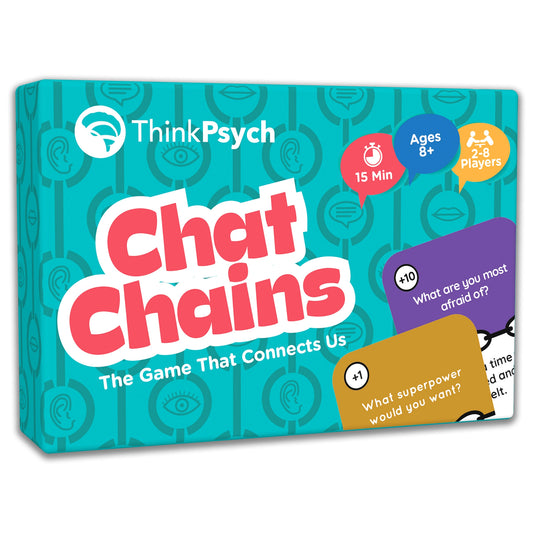
Behavior Intervention 101: Antecedent Interventions
Share
What are Antecedents?
In applied behavior analysis (ABA), we talk a lot about the events that precede and follow target behaviors. An antecedent is something that happens immediately before a behavior. Similarly, a setting event is something that happened some time (not immediately) before the behavior. Setting events might have carryover effects on someone’s behavior. For example, an antecedent could be telling a child to do his or her homework, which then results in the child engaging in aggression. A setting event could be not getting enough sleep the night before. Therefore, the child may be tired, making aggression more likely to occur.
Taking antecedent-behavior-consequence (ABC) data provides information about what tends to evoke problem behaviors. When analyzing this data, you can identify the hypothesized function of a behavior. Read our previous post about the 4 functions of behavior for more information. Once you have identified a potential function, you can develop antecedent interventions to decrease the occurrence of the behavior.
What are Antecedent Interventions?
Based on a hypothesized function of a behavior, you can develop antecedent interventions. The goal of these interventions is to alter the environment so the targeted problematic behaviors are less likely to occur. Many antecedent interventions don’t completely prevent the problem behaviors from happening. Instead, they decrease the likelihood of occurrence.
Studies such as Haley et al. (2010) and Kruger et al. (2015) have shown that the use of antecedent interventions significantly reduce the likelihood of problematic behaviors. These interventions are even more effective when chosen based on the hypothesized function of the problem behavior. Antecedent interventions such as those discussed below have been used in a variety of situations. These include feeding problems, repetitive behaviors, and aggressive behaviors.
The best way to understand how you can use these interventions is to break down some common antecedent interventions based on the determined function of a behavior.
Antecedent Intervention Ideas by Function
| Function | Possible Antecedent Interventions |
| Escape | Allow choices between work tasks Provide more frequent breaks Incorporate the person’s interests into the work tasks Use behavior momentum (i.e., have the person complete several easy tasks before asking them to do a more difficult one) Provide different methods of completing assigned tasks |
| Attention | Non-contingent reinforcement (i.e., provide attention on a fixed time schedule) Allow for frequent opportunities to respond Provide high-quality verbal praise (e.g., enthusiastic, behavior-specific) |
| Tangible | Use a visual schedule to indicate when the preferred item will be available and for how long Non-contingent reinforcement (i.e., allow access to the item on a fixed time schedule) Provide adequate opportunities to have access to the preferred item |
| Sensory | First, address any potential medical concerns Enrich the learning environment Provide a set time for sensory behaviors Provide more socially acceptable way to access the same sensory input Include sensory activities in instructional tasks |
Customer Favorites From Our Store
Conclusion
Use of antecedent interventions should not begin when challenging behaviors are already unmanageable. Antecedent interventions should be implemented as soon as behavior challenges are noted. In schools, teachers can plan ahead by beginning the school year with antecedent strategies in place. These may include visual schedules and enriching the learning environment. Also, remember that many behaviors have multiple functions. Therefore, preparing strategies to account for multiple functions will likely decrease challenging behaviors in the class as a whole.
References
Haley, J. L., Heick, P. F., & Luiselli, J. K. (2010). Use of an Antecedent Intervention to Decrease Vocal Stereotypy of a Student With Autism in the General Education Classroom. Child & Family Behavior Therapy, 32(4), 311–321. https://doi.org/10.1080/07317107.2010.515527
Kruger, A. M., Strong, W., Daly, E. J., O’Connor, M., Sommerhalder, M. S., Holtz, J., Weis, N., Kane, E. J., Hoff, N., & Heifner, A. (2015). SETTING THE STAGE FOR ACADEMIC SUCCESS THROUGH ANTECEDENTINTERVENTION. Psychology in the Schools, 53(1), 24–38. https://doi.org/10.1002/pits.21886

























